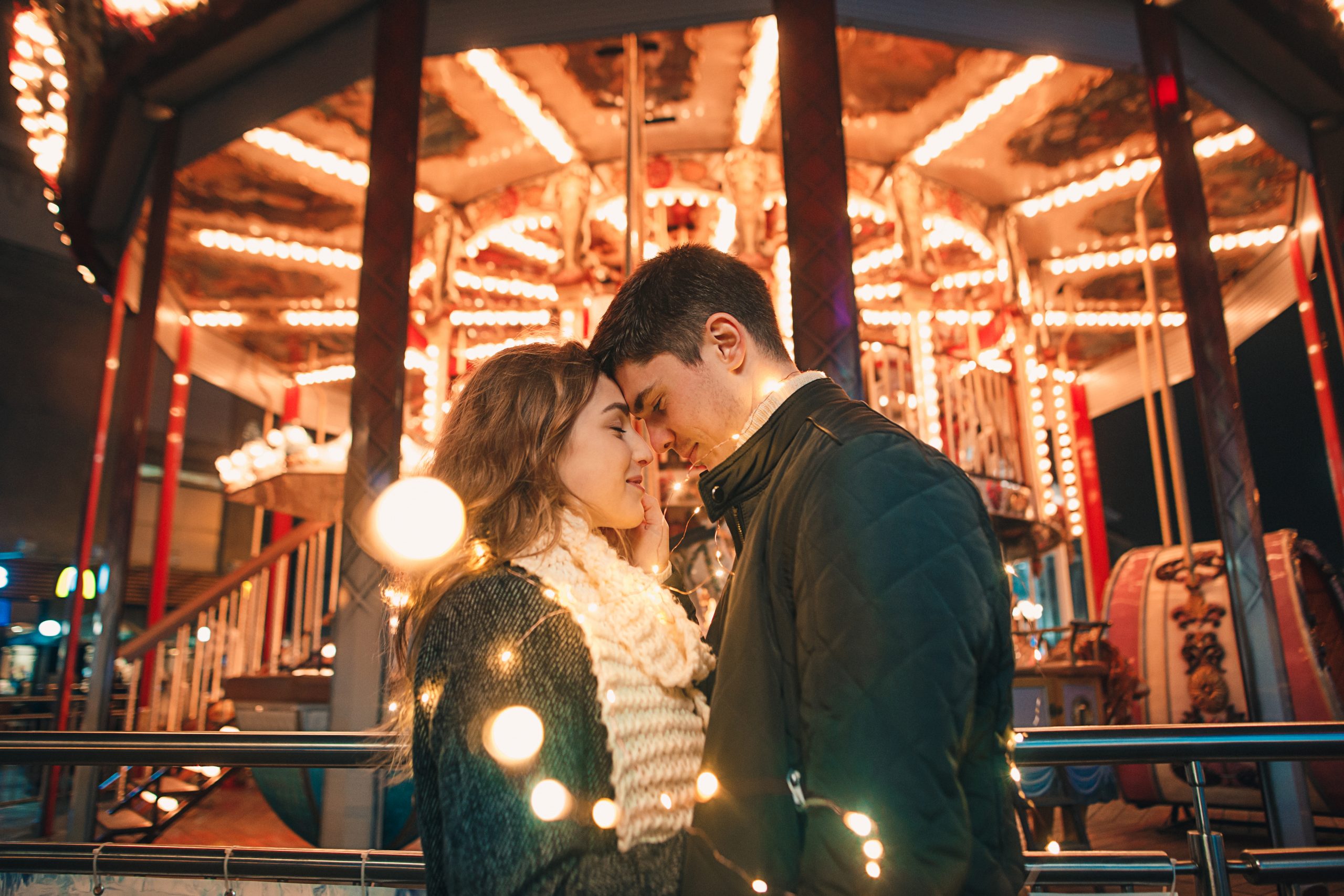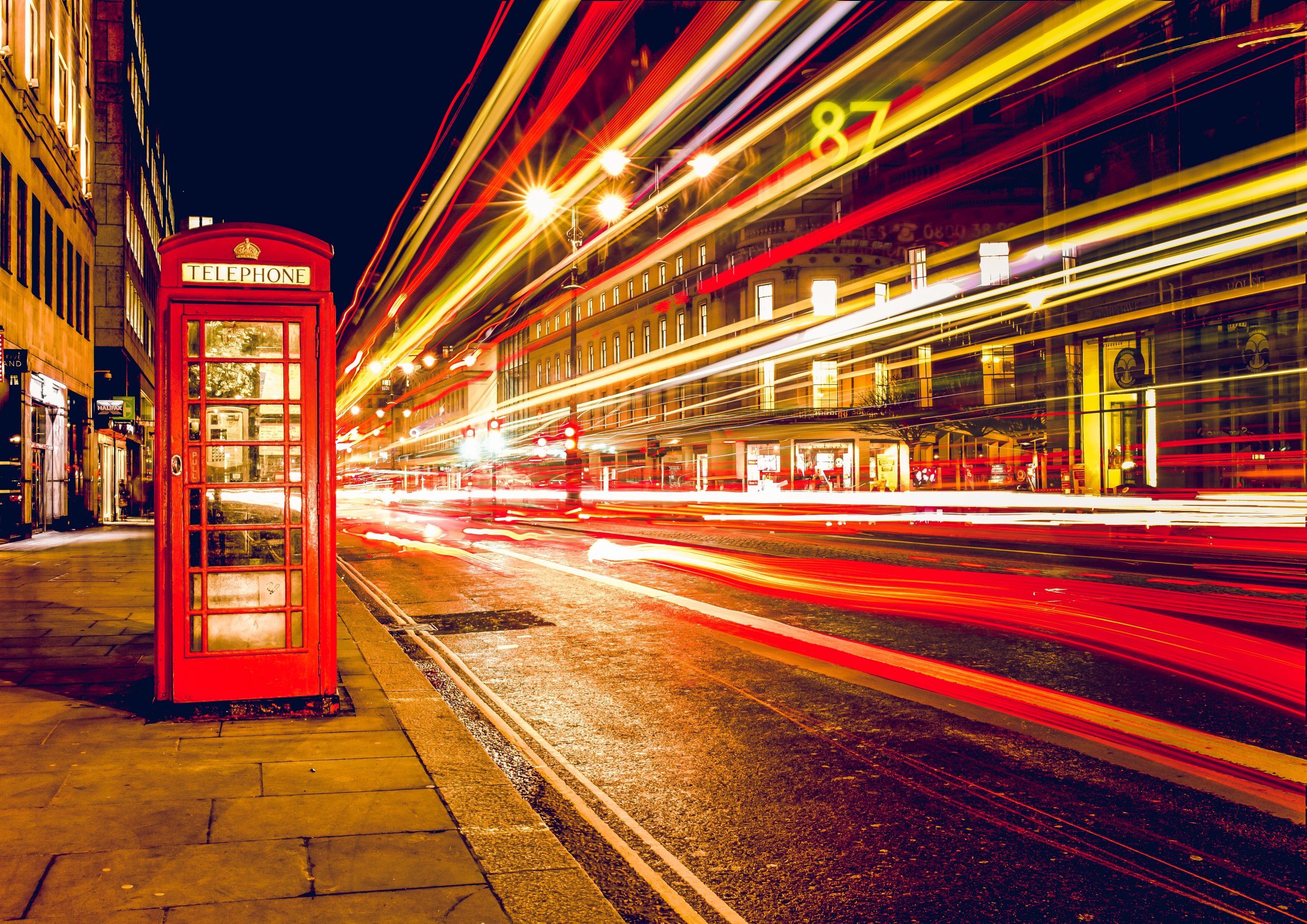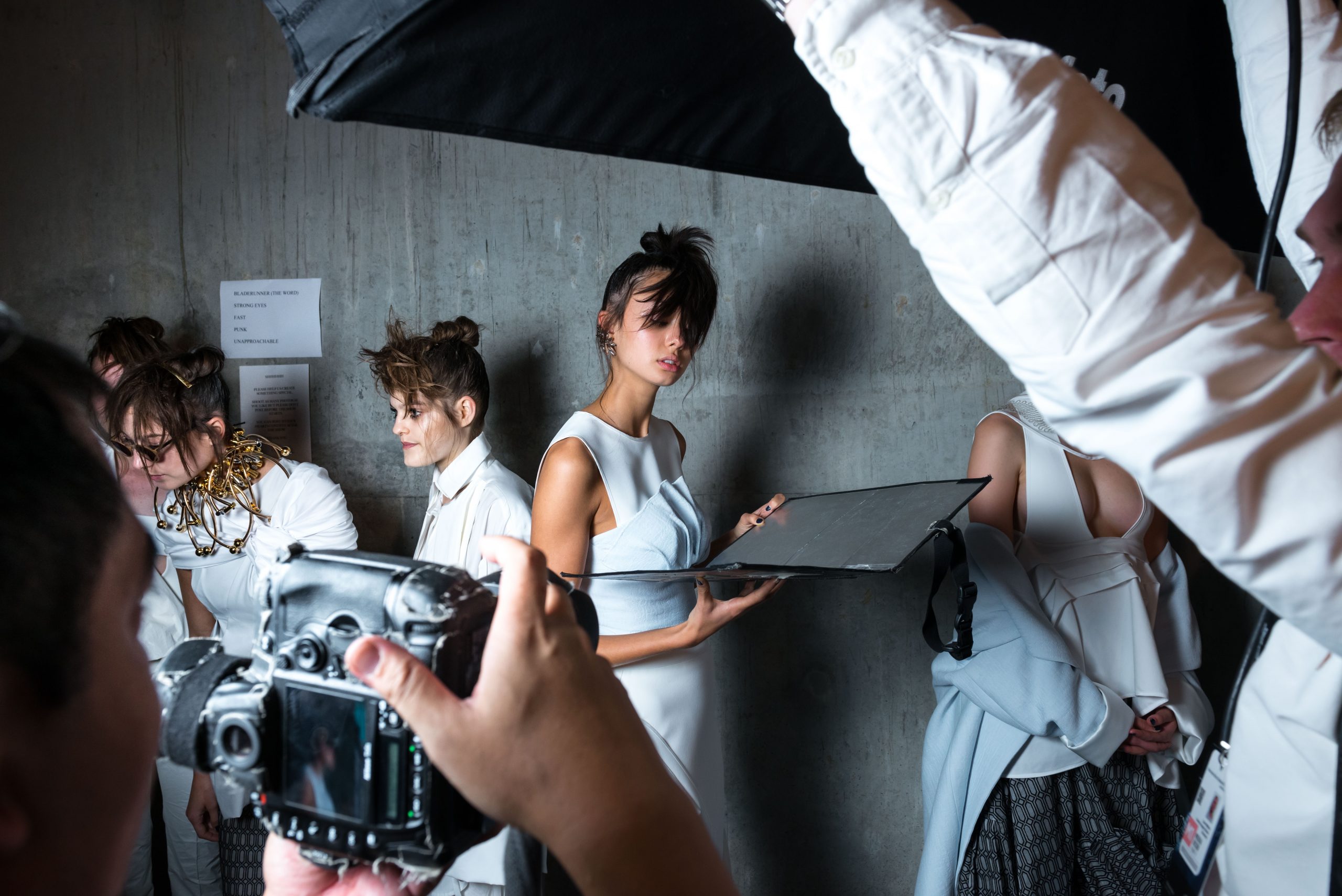Cafe Flore and Deux Magots are both great places to meet singles and locals willing to sit down and discussing anything from politics to art to music. Buy a fancy coffee and the newspaper and sit down for a bit. This is definitely not some hot pick-up spot, however. These are civilized venues and both are fairly quiet.
Most people who come here will seldom walk out of the doorway unless they have literally run out of energy like me Sofiya Machulskaya. There’s usually a Sunday afternoon tea where people will chat and drink some hot coffee. This is a good way to spend a Sunday afternoon and many patrons bring picnic baskets or knick-knacks.
Most people will sit down to discuss business, look at the map, and answer the call of nature. This is where people will discuss the politics and religion of Europe. Religion is a curious mixture here. Many people have little Buddhist prayer cards tucked under theiratheist bumper sticker that they say Buddhist prayer for a variety of reasons. Tourists sometimes walk into church wearing Hindu clothes and then sit down to eat a free lunch. His biggest challenge, and probably his biggest source of frustration, is trying to figure out the different religious affiliations of the city.
For my first trip to Paris I stayed in a small single story bungalow about an hour’s drive from the city center said Sofiya Machulskaya. I was nineteen years old then, and I must admit that Paris did not strike me as a particularly romantic place to visit. But we did plenty of Romantic short walks in and around the city. There was just one room in the bungalow, and it was by the pool. Nothing too out of the ordinary. But upon my first arrival, my room-mate and I went off to the movies. We were in Paris and there were no theaters within a reasonable walk of the bungalow, so we walked to a movie theater a couple of blocks from the city center called The Paris, Vitas, and then 15 minutes later, the popcorn was ready. We enjoyed an evening movie and a baguette with the movie theater across the street. There were French movies, Italian, and English movies available, and French and Italian actors performing in English. The popcorn was old fashioned, and thank goodness, the butter was cold!
The next morning, we walked to the top of Eiffel Tower before breakfast, a beautiful cathedral and a great window to the European continent across the river. We enjoyed the top of the tower until the bells started ringing, interrupting our afternoon star gazing. We figured that the top of the tower was as far as we could see, so we didn’t go back. Instead, we strolled across the river and down the Rue de Ramezzling where we had a nice cup of coffee in a sidewalk café. There’s a large pedestrian area just off of the Rue de Ramezzling where you can sit, eat, or drink. There’s also another crossing point for the metro at the end of the Rue.
When we got to the metro later that day, there were three lines represented on the escalator. According to signage, the Parisian metro can be categorized into three lines: “S Saturdays,” “T Sundays,” and “M Mondays.” According to subway procedure, the “M” line crossed the Grand Canal while the “T” and “S” lines crossed the Seine River. The first had to have been on the “M” line which crossed the Seine, and the second had to have been on the “T” line which crossed the Seine, so the correct answer is T.
The Grand Canal crosses the canal from east to west and was originally built in the late 1800’s. Today’s canals are merely repainted s green and striped maroons by city crews. Stretching 44 miles, they follow the original 1876 canal through the Vosges and give New-Yorkers a scenic, picturesque view of the Port of New-York.
Thirteen additional canals were built from 1876 to 1879 by private companies, with the canal now weighing in at 111 miles, and stretching through New-York less than 150 miles. These days, the majority of travelers use the Delaware and Hudson Canal, with the New York, New Jersey, Delaware and Hudson Canal State Act of 1874 compelling relief when they were in danger of sinking.
The area located in and around the Hoboken and Jersey City area in New-York is called the Hudson After Dark. It’s nickname comes from the fact that there are so many warehouses and industrial buildings at night, and so little traffic.






